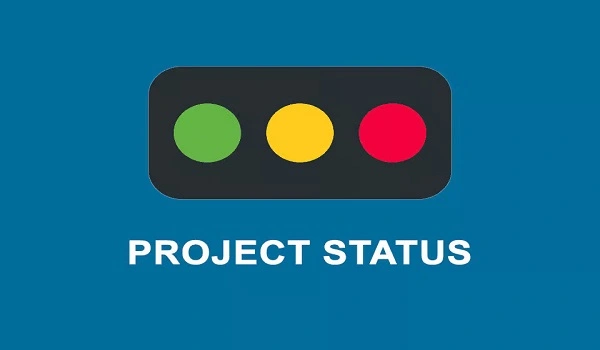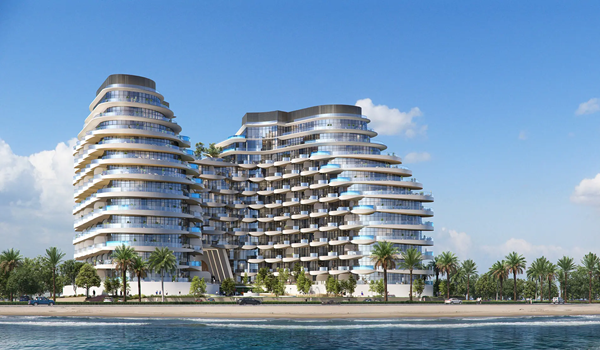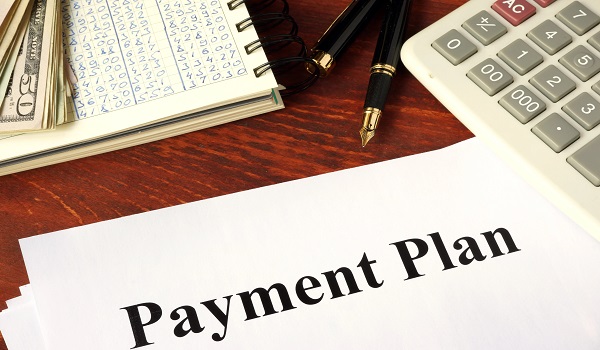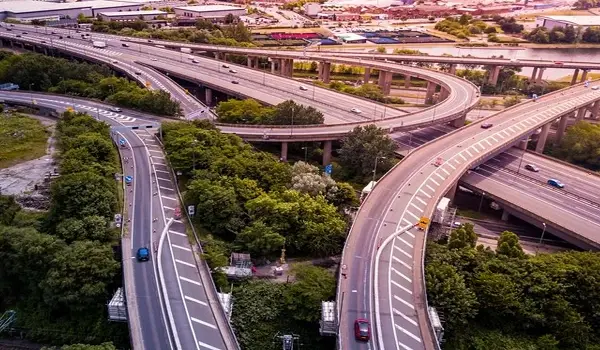Dubai Property Prices Ease in 2025 as Market Matures — Why Smart Investors Aren't Worried
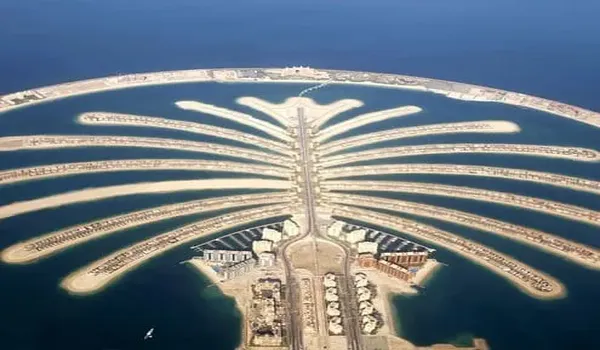
After years of record-setting price hikes and investor buzz, Dubai's real estate market is starting to settle. Prices haven't dropped off a cliff — they've just stopped skyrocketing. And in a city that saw values jump over 60 percent in some areas between 2022 and 2024, that's not a red flag. It's a sign of health.
The term "froth" gets thrown around a lot — but what it really means is pricing that rises faster than fundamentals can justify. In other words, hype-driven growth. That's the kind of environment that attracts quick flips, risky bets, and inevitable corrections. What's happening in Dubai right now is the opposite. The market is shifting from adrenaline to discipline.
And for investors who aren't here for the thrill ride, that's welcome news.
Recent numbers still look strong on the surface. May 2025 saw a 24.7% year-on-year increase in property prices. First-half transaction value crossed AED 431 billion, up 25 percent from the same period last year. But behind that surge, experts are noticing signs of moderation.
According to Knight Frank, growth forecasts for the remainder of 2025 are slowing — 8 percent for the mainstream market, 5 percent for prime. Fitch Ratings has even suggested a "soft correction" of up to 15 percent by 2026. That might sound concerning, but in context, it's a necessary recalibration after three years of rapid acceleration.
And this isn't a freefall. It's the market taking a breath.
One of the key drivers behind this moderation is supply. Between now and the end of 2026, Dubai is expected to complete nearly 250,000 new housing units — about 90,000 in 2025 and a record-breaking 120,000 in 2026. With population growth averaging around 5 percent annually, this extra inventory is expected to relieve some of the pressure on prices and rents.
Rental yields are still attractive — hovering around 7.4% — but have edged slightly downward since late 2024. As more homes hit the market, especially in mid-tier segments, rents could stabilize or even dip a little. That's not bad news. It just means the frantic pace of returns is slowing, allowing investors to take a longer view.
One of the healthiest signs of a maturing market? Fewer short-term flips. Right now, resale activity within 12 months of purchase has dropped to just 4-5%, compared to 25 percent during the speculative peak in 2008. That means buyers are staying put — or holding on — because they believe in long-term value.
You're not seeing people rush in to make a quick buck. You're seeing homeowners, expats, family offices, and global investors buying for the right reasons: location, quality, lifestyle, and future appreciation. Projects like BNW La Perla, a new luxury waterfront community on Al Marjan Island, speak directly to that trend. With large-format apartments starting at AED 2.3 million, it's a perfect example of how developers are targeting end users who want more than just capital gain — they want to live well, or rent to people who do.
With prices flattening, the market becomes more accessible. That's especially important for first-time homebuyers and mid-income families, who've struggled to keep pace in recent years. Dubai's First-Time Home Buyer Programme, launched in July 2025, builds on this by offering preferential pricing and tailored mortgage options for both locals and expats. A cooler market makes those policies work even better.
Let's be honest — nobody wants another 2008. A "frothy" market is fun until it bursts. The current slowdown is what economists call a "soft landing." Banks have limited exposure to real estate (down to 14% of total loans), developers are phasing their projects carefully, and DLD has rolled out tools that improve transparency across the board. This isn't instability. It's resilience.
Institutional investors, family offices, and high-net-worth individuals typically steer clear of volatile markets. What Dubai offers right now is predictability. A legal system that protects foreign ownership. Rental income that remains competitive globally. A regulatory body that's adapting to trends like tokenized property platforms, which launched earlier this year. And a real estate landscape that's being shaped by demand, not hype.
With growth cooling, developers no longer sell out in minutes. That means better designs, smarter payment plans, and more customer-friendly deals. Some experts are calling this a "developer correction" — not a market crash, but a push for builders to raise their game.
You're seeing that with BNW La Perla too. It's not just about square footage and location. It's about beachfront amenities, open layouts, and offering something real in a world of inflated promises.
Behind all this is something larger: Dubai's Real Estate Strategy 2033 and Economic Agenda D33. These aren't short-term blueprints. They're long-term plans to double the economy, attract skilled residents, and make homeownership more accessible. That only works if the property market is stable, transparent, and designed for residents — not just speculators.
If you're a long-term investor, the answer is yes. This moment — between the highs of 2024 and the steadying growth of 2026 — might just be the best entry point we've seen in years. Prices are still rising in some areas, yes. But gone is the frenzy. What's left is clarity. And clarity is where smart money makes its move.
Dubai's property market isn't cooling down. It's growing up. And for anyone serious about real estate — not just chasing the latest trend — that's exactly the kind of market worth stepping into.




